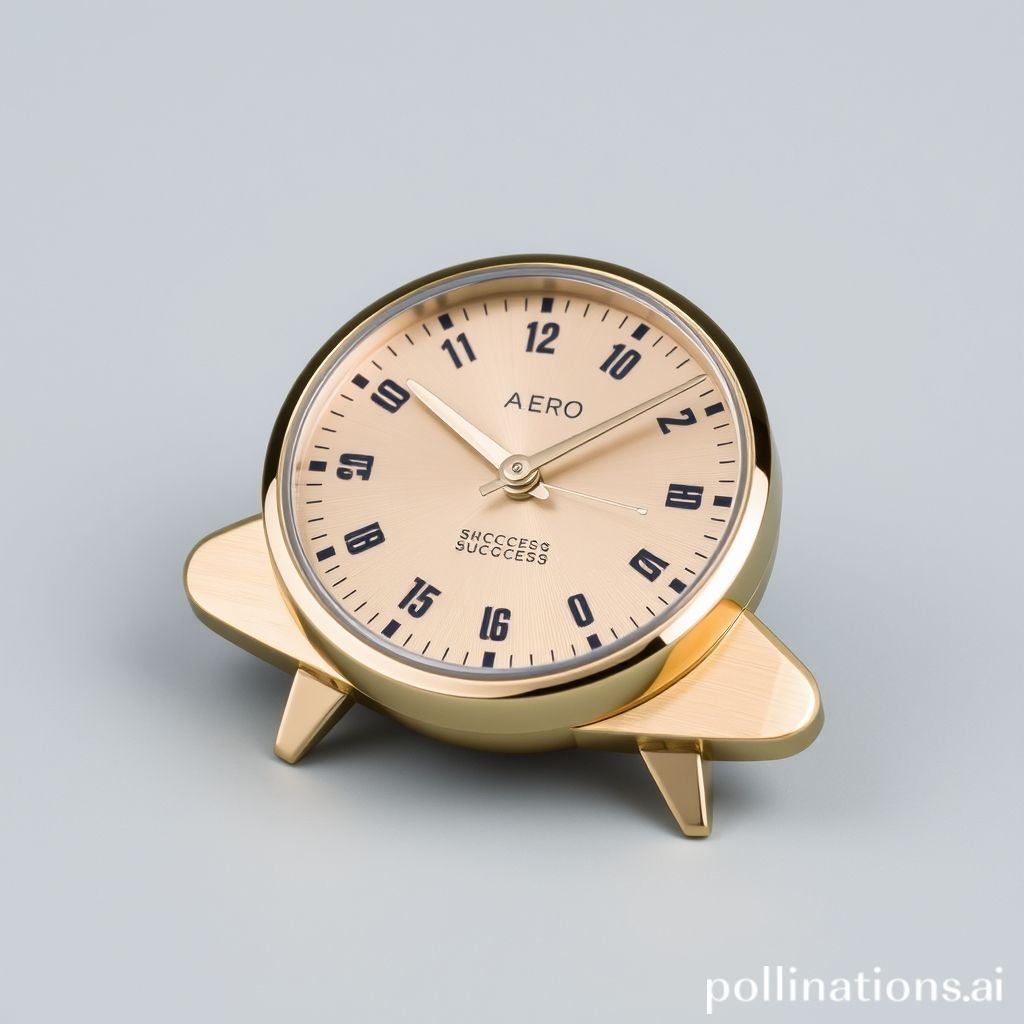Interface Tap: Enhancing UX with Crisp Sounds
A precise interface tap can transform user experience. It provides instant, clear feedback. This small audio cue makes digital interactions feel more responsive. Every click and every tap becomes more satisfying. Good UI sounds improve overall usability. They guide users through an interface effortlessly. A crisp sound sample confirms user actions instantly.
Applications in Media
The interface tap sound is crucial in many media forms. It adds realism and responsiveness. This sound effect often goes unnoticed. Yet, its absence is immediately felt. Think about the apps you use daily. Each button press often delivers a subtle click or tap. This feedback makes the interface feel alive.
Industry-Specific Uses
Gaming relies heavily on interface sounds. Every menu selection needs an audio confirmation. A simple tap sound indicates success. Mobile apps use these sounds for navigation. Enterprise software also benefits from clear UI feedback. It helps users confirm data entries. Even smart home devices use specific interface tones. These sounds make interactions intuitive for everyone. They provide vital auditory feedback.
Creative Techniques
Sound designers employ various techniques. They craft the perfect interface audio effect. Layering different sounds creates richness. A metallic click might combine with a soft thud. This builds a unique sonic signature. Pitch shifts can indicate success or error. Creative use of reverb can place the interface sound in a virtual space. This enhances the overall user immersion. Think about the distinct feel of a virtual keyboard tap.
Technical Analysis
Understanding the technical aspects is key. It helps in creating effective interface sounds. These sounds are usually very short. They often have a sharp attack. Their decay is rapid. This ensures immediate feedback without lingering noise. Analyzing the sound's waveform helps refine its impact.
Waveform Characteristics
An ideal interface tap waveform is concise. It features a quick rise time. This means the sound reaches its peak volume quickly. The decay is equally fast. This prevents any lingering echo. A short duration is critical. Most interface clicks are less than 100 milliseconds long. This ensures the feedback is immediate. It never distracts the user. We visualize this as a sharp spike.
Frequency Profile
The frequency profile of an interface sound is important. Often, these sounds occupy the mid to high-frequency ranges. This ensures they cut through background audio. A bright click or crisp tap is easily heard. Low-frequency rumble is typically avoided. It can muddy the audio mix. A clear frequency profile ensures the UI sound is distinct. This improves the user's auditory perception.
Production Tips
Creating high-quality interface sounds requires skill. Careful recording and editing are essential. The goal is a clean, impactful interface audio effect. It must seamlessly integrate into any UI. Poorly produced sounds can detract from the user experience.
Recording & Editing
Record interface sounds in a quiet environment. Use high-quality microphones for clarity. Experiment with different objects for unique tones. Tapping various surfaces can yield diverse results. Post-production is critical. Remove any unwanted background noise. Use gates and compressors to shape the dynamics. Ensure the tap sound has a consistent volume. Trim silence at the beginning and end precisely. This creates a tight, responsive interface sound.
Software Tools
Digital Audio Workstations (DAWs) are indispensable. Programs like Pro Tools or Ableton Live offer advanced tools. Equalizers fine-tune the frequency response. Reverb and delay can add character. Filters can sculpt the sound's presence. Specialized plugins enhance the audio effect. They ensure the interface sound is polished. Many free and paid plugins exist. They help achieve the desired click sound.
Creative Implementation
Beyond basic production, creative use makes an interface sound memorable. Thoughtful application elevates the user experience. Consider how the sound interacts with other elements.
Layering Methods
Layering different sounds adds depth. Combine a subtle click with a soft whoosh. This creates a more complex feedback sound. A short reverb can give the interface a sense of space. Each layer contributes to the final audio effect. Experiment with various textures. This makes the tap feel richer. It truly enhances the UI response.
Spatial Effects
Spatial effects place the sound in a virtual environment. Panning the interface sound left or right can guide the user's attention. A sound that moves from one side to another can indicate progress. Subtle delays can suggest depth. This makes the interface interaction more immersive. Imagine a sound that seems to come from the button you pressed. This adds another layer of feedback.
Sound Pack Integration
Integrating a new interface sound is simple. Sound packs offer convenient collections. They provide cohesive audio solutions for any project. This allows for quick implementation.
Using with Other Sounds
A single interface tap is rarely used alone. It should complement other audio elements. Combine it with background music. Ensure it does not clash with voiceovers. The click sound must stand out clearly. But it should not overwhelm the user. Harmony with other sounds is crucial. This creates a pleasant auditory landscape for your interface. Related interface sounds can offer more options. Consider the overall sound design. UI Confirm Tap is another great example.
Complete Collection
A comprehensive sound pack provides all needed sounds. It includes various interface taps and clicks. These packs ensure consistency in your project's audio. They offer ready-to-use sfx for every interaction. Accessing a full library saves production time. It guarantees a high-quality audio experience. Get the full sound pack for comprehensive audio solutions.
FAQ Section
Q1: What makes an interface tap sound effective? A1: An effective interface tap is short, crisp, and clear. It provides immediate auditory feedback. This confirms the user's action instantly. It should be easily distinguishable from other sounds.
Q2: Why is audio feedback important in UI design? A2: Audio feedback enhances the UI design. It makes digital interactions feel more tangible. A click or tap sound confirms input. This improves user confidence and reduces errors.
Q3: How can I find the right interface sound for my project? A3: Look for sound libraries or specialized sound packs. Consider the genre and mood of your project. Experiment with different audio effect samples. Choose an interface sound that aligns with your brand.
Q4: Can I create my own interface tap sounds? A4: Yes, you can. Record everyday objects like pen clicks or light switches. Edit these sounds in a DAW. Focus on a sharp attack and quick decay. This creates a custom interface sfx.
Q5: Where can I get professional sound effects for my interface? A5: Many online platforms offer professional sound effects. Websites like Pro Sound Effects provide high-quality sound sample libraries. These are perfect for any interface development.
The humble interface tap sound plays a huge role. It significantly enhances user experience. A well-designed click offers crucial feedback. It makes digital interactions intuitive and enjoyable. Investing in quality interface audio effects pays off. It creates a seamless and satisfying user journey.






